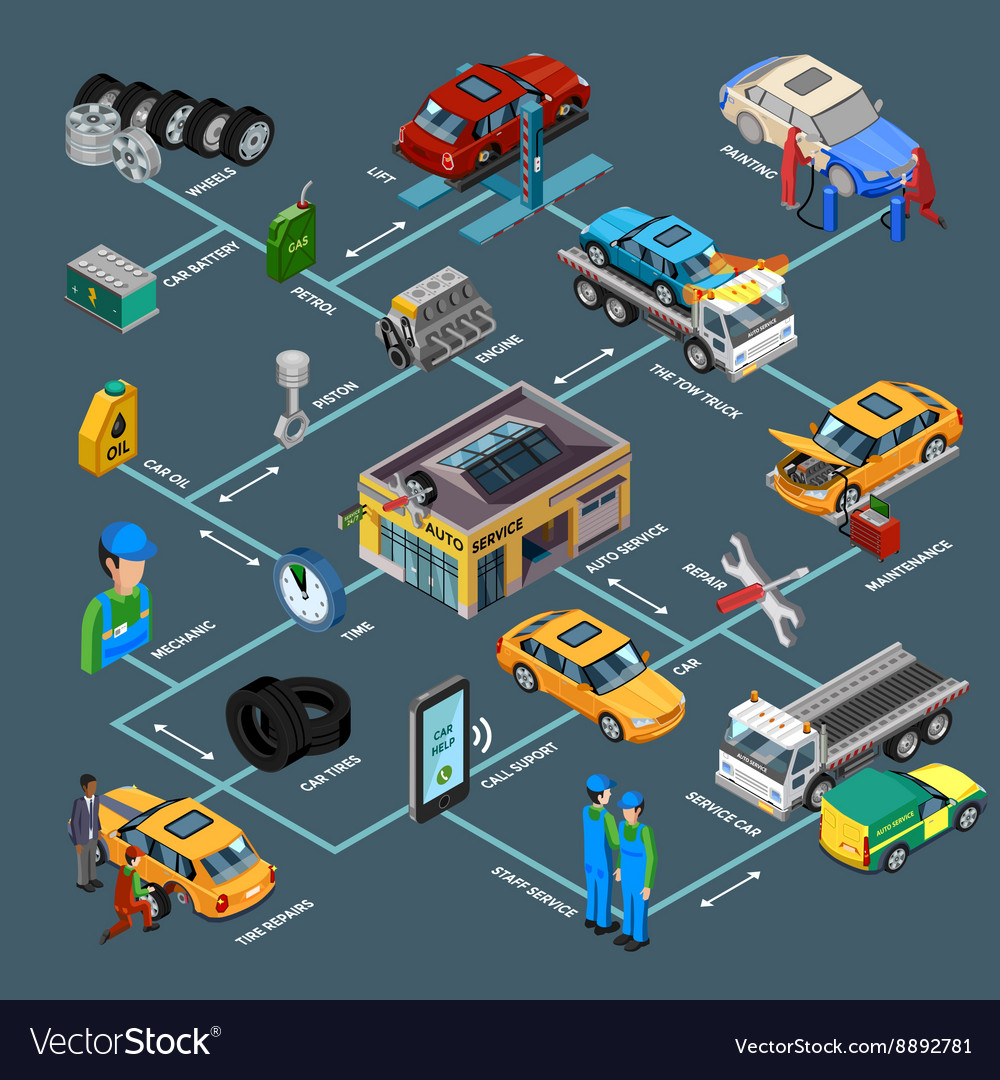Recognizing Your Car'S Warning Lighting: What Do They Truly Mean?
Recognizing Your Car'S Warning Lighting: What Do They Truly Mean?
Blog Article
look at these guys Composed By-Johannsen Gross
When you're behind the wheel, those beautiful caution lights on your control panel can be a bit difficult. Do you understand what they're trying to tell you regarding your automobile's health and wellness? Understanding the significance of these lights is crucial for your safety and the longevity of your vehicle. So, the next time among those lights pops up, would not you want to analyze its message precisely and take the necessary actions to resolve it?
Common Caution Lights and Interpretations
Determine common warning lights in your cars and truck and comprehend their significances to make certain risk-free driving.
One of the most normal warning lights consist of the check engine light, which signifies concerns with the engine or emissions system. If this light comes on, it's essential to have your lorry checked immediately.
The oil stress advising light shows reduced oil stress, requiring instant interest to prevent engine damage.
A flashing battery light may suggest a damaged billing system, potentially leaving you stranded otherwise resolved.
The tire stress monitoring system (TPMS) light notifies you to reduced tire pressure, affecting automobile security and gas performance. Neglecting this could result in unsafe driving conditions.
The abdominal muscle light suggests a problem with the anti-lock stopping system, jeopardizing your capacity to stop swiftly in emergency situations.
Finally, the coolant temperature alerting light warns of engine overheating, which can cause severe damages if not resolved swiftly.
Understanding these typical warning lights will assist you address issues without delay and maintain risk-free driving conditions.
Relevance of Prompt Attention
Understanding the typical caution lights in your vehicle is just the primary step; the importance of without delay resolving these cautions can't be emphasized enough to ensure your safety and security when traveling.
When mechanic jobs illuminates on your dashboard, it's your automobile's method of connecting a prospective concern that needs interest. Neglecting these warnings can bring about more severe troubles later on, jeopardizing your safety and potentially costing you a lot more out of commission.
Prompt focus to cautioning lights can protect against breakdowns and crashes. For instance, a blinking check engine light might suggest a misfire that, if left ignored, can create damages to the catalytic converter. Addressing this without delay can conserve you from a pricey repair service.
Likewise, a brake system warning light could indicate low brake liquid or worn brake pads, important components for your safety and security when driving.
Do It Yourself Troubleshooting Tips
If you notice a warning light on your control panel, there are a few DIY repairing ideas you can attempt before seeking specialist aid.
The very first step is to consult your auto's manual to understand what the details warning light shows. In some cases the concern can be as basic as a loosened gas cap setting off the check engine light. Tightening up the gas cap may resolve the trouble.
Another usual concern is a reduced battery, which can trigger numerous alerting lights. Checking the battery connections for corrosion and ensuring they're safe could repair the problem.
If a caution light continues, you can attempt resetting it by disconnecting the cars and truck's battery for a few minutes and afterwards reconnecting it. Furthermore, checking your automobile's fluid levels, such as oil, coolant, and brake fluid, can assist troubleshoot cautioning lights related to these systems.
Conclusion
Finally, understanding your car's caution lights is crucial for keeping your vehicle running smoothly and safely. By promptly dealing with these alerts and knowing what they indicate, you can stay clear of expensive fixings and prospective breakdowns.
Keep in mind to consult your cars and truck's manual for certain information on each cautioning light and take action appropriately to ensure a hassle-free driving experience.
Remain notified, remain risk-free on the road!
